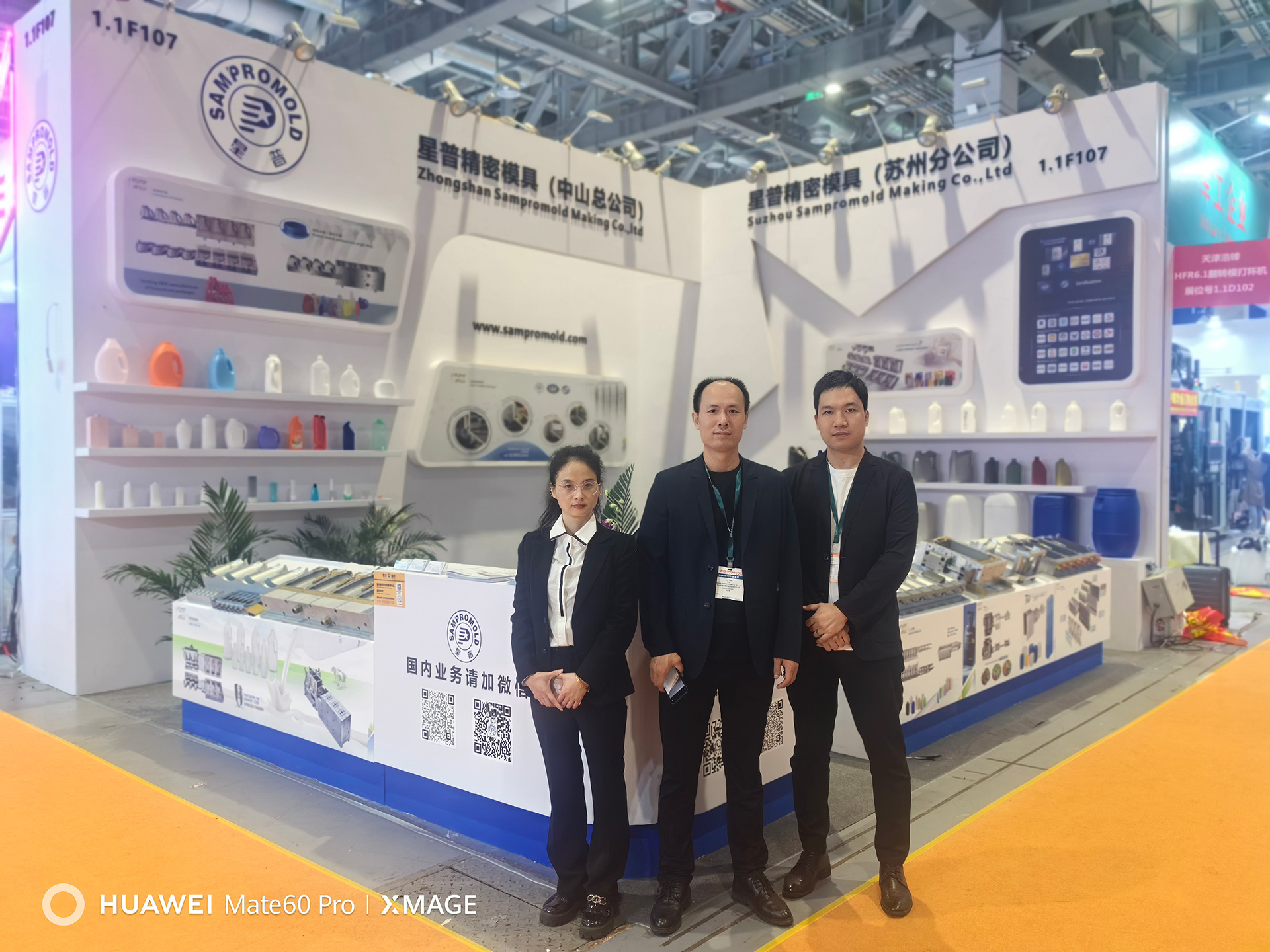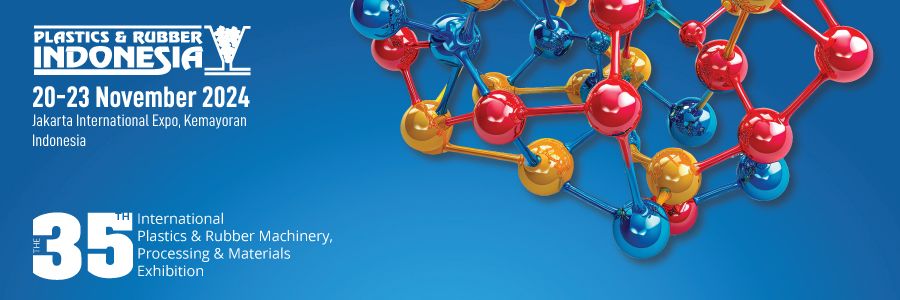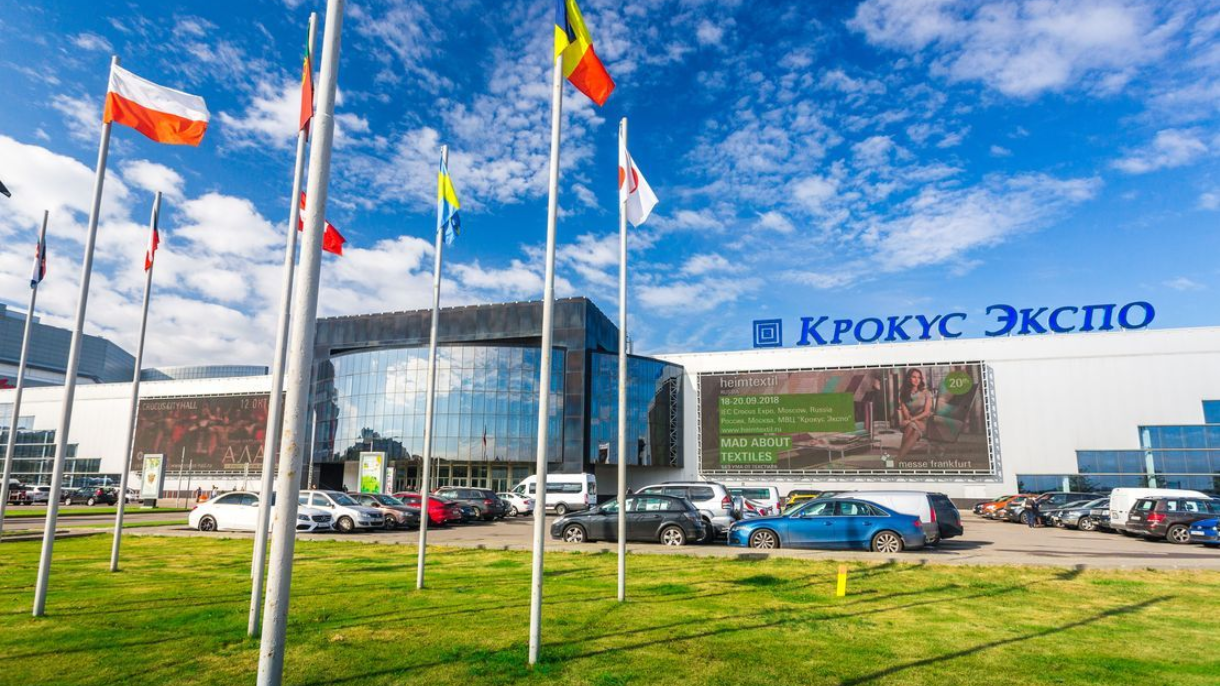The Future of Manufacturing: Understanding New Ceramic Injection Molding Technology
Time:
2025-07-11
In recent years, the manufacturing industry has seen significant advancements in materials and processes, one of which is the development of new ceramic injection molds. This technology combines the benefits of traditional injection molding with the unique properties of ceramics, offering manufacturers a versatile and efficient solution for producing intricate parts and components.
Ceramic injection molding (CIM) is a process that allows for the shaping of complex ceramic components by mixing fine ceramic powders with a binder material. This mixture is then injected into molds, similar to plastic injection molding. The result is a high-density, high-performance ceramic part that can meet the stringent requirements of various industries, such as electronics, aerospace, and biomedical applications.
One of the primary advantages of using new ceramic injection molds is their ability to produce complex geometries with high precision. Traditional ceramic manufacturing methods often involve labor-intensive processes, which can limit the design possibilities. However, with CIM, manufacturers can create intricate shapes and fine details that were previously challenging or impossible to achieve. This capability not only enhances the aesthetic appeal of the products but also improves their functionality.
Another significant benefit of new ceramic injection molds is their excellent mechanical properties. Ceramics are known for their hardness, wear resistance, and thermal stability. By utilizing this molding technique, manufacturers can produce components that withstand extreme conditions, such as high temperatures and corrosive environments. This makes CIM particularly advantageous in industries that demand high-performance materials, such as automotive, medical devices, and energy.
The production process of new ceramic injection molds typically involves several key steps. First, the ceramic powder is mixed with the binder to form a homogenous feedstock. This feedstock is then heated and injected into pre-designed molds. Once the molding is complete, the parts undergo a debinding process to remove the binder, followed by sintering, where the components are heated to a temperature that allows the ceramic particles to fuse together. This multi-step process results in a final product that is both strong and precise.
As industries continue to evolve, the demand for advanced manufacturing techniques like new ceramic injection molds will only increase. Understanding the capabilities and advantages of this technology can help businesses stay competitive in a rapidly changing market. By leveraging the unique properties of ceramics through innovative molding techniques, manufacturers can develop parts that not only meet but exceed current industry standards.
In conclusion, new ceramic injection molding offers a promising avenue for modern manufacturing. Its ability to produce complex, high-performance components sets it apart from traditional methods, making it a valuable option for a wide range of applications. As this technology continues to advance, it holds the potential to transform the manufacturing landscape, providing businesses with the tools they need to innovate and thrive.
Ceramic injection molding (CIM) is a process that allows for the shaping of complex ceramic components by mixing fine ceramic powders with a binder material. This mixture is then injected into molds, similar to plastic injection molding. The result is a high-density, high-performance ceramic part that can meet the stringent requirements of various industries, such as electronics, aerospace, and biomedical applications.
One of the primary advantages of using new ceramic injection molds is their ability to produce complex geometries with high precision. Traditional ceramic manufacturing methods often involve labor-intensive processes, which can limit the design possibilities. However, with CIM, manufacturers can create intricate shapes and fine details that were previously challenging or impossible to achieve. This capability not only enhances the aesthetic appeal of the products but also improves their functionality.
Another significant benefit of new ceramic injection molds is their excellent mechanical properties. Ceramics are known for their hardness, wear resistance, and thermal stability. By utilizing this molding technique, manufacturers can produce components that withstand extreme conditions, such as high temperatures and corrosive environments. This makes CIM particularly advantageous in industries that demand high-performance materials, such as automotive, medical devices, and energy.
The production process of new ceramic injection molds typically involves several key steps. First, the ceramic powder is mixed with the binder to form a homogenous feedstock. This feedstock is then heated and injected into pre-designed molds. Once the molding is complete, the parts undergo a debinding process to remove the binder, followed by sintering, where the components are heated to a temperature that allows the ceramic particles to fuse together. This multi-step process results in a final product that is both strong and precise.
As industries continue to evolve, the demand for advanced manufacturing techniques like new ceramic injection molds will only increase. Understanding the capabilities and advantages of this technology can help businesses stay competitive in a rapidly changing market. By leveraging the unique properties of ceramics through innovative molding techniques, manufacturers can develop parts that not only meet but exceed current industry standards.
In conclusion, new ceramic injection molding offers a promising avenue for modern manufacturing. Its ability to produce complex, high-performance components sets it apart from traditional methods, making it a valuable option for a wide range of applications. As this technology continues to advance, it holds the potential to transform the manufacturing landscape, providing businesses with the tools they need to innovate and thrive.
RELATED NEWS












